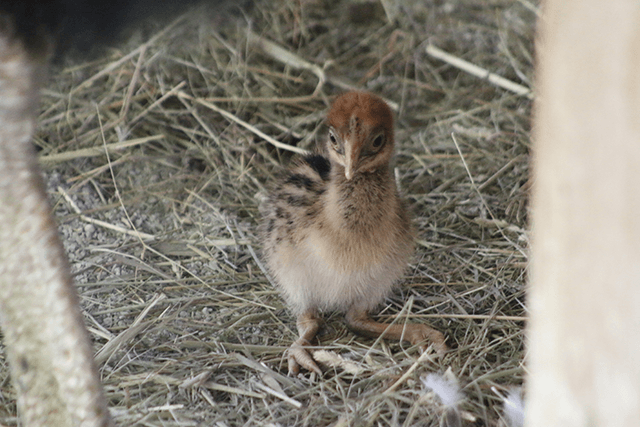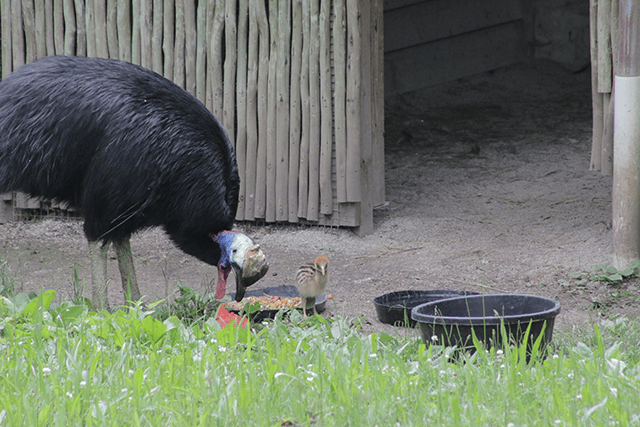


Open Daily, 9 a.m. - 5 p.m.
$20 adults, $15 children
Open Daily, 9 a.m. - 5 p.m.
$20 adults, $15 children
Posted on July 2, 2019 at 3:15 PM by Blog Author

Two Hartmann's Mountain Zebras, named Duke and Duchess are now available to be seen on Tuesdays, Thursdays, Saturdays and Sundays. Hartmann’s Mountain Zebra are native to the mountainous grasslands, savanna and shrubland of Namibia, Angola and South Africa and are listed as a ‘vulnerable’ species by IUCN Red List, with approximately 35,000 mature individuals remaining. They are grazers and live in herds comprised of an adult male, three female and their offspring.

Populations are threatened by habitat loss, hunting and drought. According to the Association of Zoos and Aquariums, the median life expectancy of a mountain zebra is 12.3 years for a male and 15.5 years for a female. The Zebras arrived this spring at Blank Park Zoo and keepers spent several months making sure they were ready for the public to meet them as Zebras can be easily startled. Mark Vukovich has commented that zebras are one of the most requested animals to be at Blank Park Zoo!
A rare cassowary chick hatched at Blank Park Zoo on June 10.
The chick weighed 300 grams shortly after it hatched and now weighs over 450 grams. This is the first successful hatching of a southern cassowary chick at Blank Park Zoo in the years since the Zoo opened the David Kruidenier Australia Adventure in 2011.

“It’s really exciting to have our first chick hatch,” said Megan Stegmeir, bird and reptile supervisor. “The cassowary is endangered in Australia and they are part of the species survival program, so this is special for not only Blank Park Zoo but also for the species.”
At this time, it is unknown whether it is a male or female, and a blood test has been conducted to determine its sex and the results are not known at this time.
The mother is ‘Sydney,’ and ‘Big Bird’ is the father. The father incubates the eggs and raises the chick. The chick can be seen daily following its father around the cassowary habitat and has access to a behind-the-scenes indoor area if it needs some time away from the visiting public.

Like an ostrich or an emu, the cassowary is a ratite, a large and flightless bird. Unique to the cassowary is its casque on its head, a blue neck, and a bright red double waddle. Cassowaries are known to be aggressive and keepers use some of the same safety protocols as much larger animals such as rhinos and lions.
The chick has yet to be named and an internal employee fundraiser will soon determine the name with the proceeds being donated to a cassowary conservation organization.
About the Southern Cassowary (sources: Rainforesttrust.org, IUCN Red List, AZA)
Cassowaries are solitary animals and only socialize during breeding season. Cassowaries were once plentiful in Australia, but deforestation has caused a decline in their numbers. Female cassowaries weigh around 104 pounds and males weigh around 84 pounds. Cassowaries do not form permanent bonds and a female will mate with several males during mating season, laying a clutch of three to five eggs for each father to incubate. The male will incubate the eggs for around 50 days and then raise the chick for nine months. A chick will reach maturity in about three years. The southern cassowary has a median life expectancy of 26 years.
Of course, make sure you see Kamara, the rhino calf. She was born on April 5 and now weighs over 340 pounds!